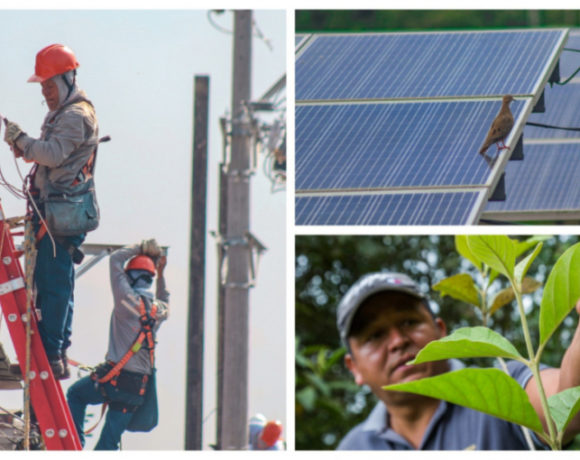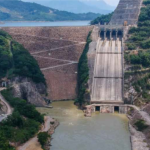Medellin Multinational Power Giant ISA Posts Best-Ever Financial Year in 2016

Medellin-based electric power, road concessions and telecom giant ISA announced February 28 that it enjoyed its best-ever financial year in 2016, with net income hitting COP$2.1 trillion (US$718 million) when including the recent valuation upgrade to its Brazilian power distribution subsidiary.
Operating income rose to COP$12 trillion (US$4.1 billion), while 2016 earnings before interest, taxes, depreciation and amortization (EBITDA) came-in at COP$8.9 trillion (US$3 billion), with EBITDA margin at 64%, according to ISA.
“Discounting the effect of the recognition of the values of the Basic Network of the Existing System (RBSE) in Brazil, accumulated profit was COP$763.8 billion [US$261 million], 8.9% higher than in 2015,” according to ISA.
“This increase is explained by the higher revenues in the energy transportation, road concessions and telecommunications businesses, as well as higher results in companies with joint control (IEMadeira and IEGaranhus).
“These results were offset, in part, by the increase in maintenance expenses in Chile and higher provisions in Colombia,” according to the company.
In the fourth quarter (4Q) of 2016, ISA’s net income totaled COP$171.3 billion [US$58.6 million], up 21.2% year-on-year.
“This variation is mainly explained by higher revenues in Brazil, as a result of the updating of the receivables resulting from the RBSE’s recognition. In addition, the net result consolidates the higher exchange rate revenues and the remuneration of new projects that entered into operation in Colombia at the end of 2015, such as the La Reforma and Copey [power] substations, and Bacatá’s Statcom project,” according to ISA.
Brazil led in 4Q share of total revenue-by-country at 29%, followed by Colombia (26%), Peru (24.6%), and finally Chile (18.3%), according to ISA.
For the last quarter of 2016, construction revenues amounted to COP$334 billion (US$117 million), down 8.5%, mainly because of “lower construction dynamics in Peru,” according to ISA.
















